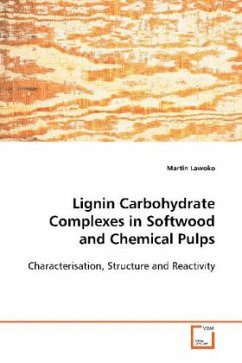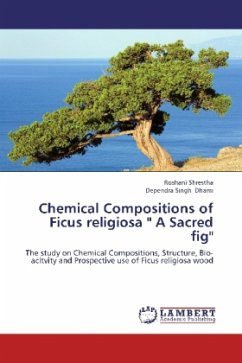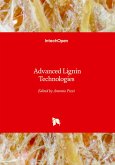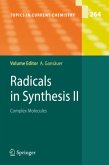The chemical interactions between wood components
i.e., cellulose, hemicelluloses and lignin are of
fundamental importance for understanding the
chemical aspects of wood formation and its
reactivity during fibre processing. Triggered by
environmental concerns and oil dependence, there is
consensus to find alternative sources of energy,
fuel and platform chemicals from a renewable
resource. The use of lignocellulosic material as a
raw material to meet these demands is being pursued,
and a broad potential base has been identified.
However, progress will greatly depend on detailed
knowledge of how the fibre elements interact with
one another in the lignocellulosic material. The
present work provides new insights into these
interactions, more specifically, covalent bonds
between lignin and carbohydrates, normally reffered
to as lignin carbohydrate complexes (LCC), and how
structural differences between them affect their
reactivity. Based on the study, a new
ultrastructural model of the fiber wall is presented.
i.e., cellulose, hemicelluloses and lignin are of
fundamental importance for understanding the
chemical aspects of wood formation and its
reactivity during fibre processing. Triggered by
environmental concerns and oil dependence, there is
consensus to find alternative sources of energy,
fuel and platform chemicals from a renewable
resource. The use of lignocellulosic material as a
raw material to meet these demands is being pursued,
and a broad potential base has been identified.
However, progress will greatly depend on detailed
knowledge of how the fibre elements interact with
one another in the lignocellulosic material. The
present work provides new insights into these
interactions, more specifically, covalent bonds
between lignin and carbohydrates, normally reffered
to as lignin carbohydrate complexes (LCC), and how
structural differences between them affect their
reactivity. Based on the study, a new
ultrastructural model of the fiber wall is presented.








